By Josh Cosford, Contributing Editor
Hose fittings (also called hose ends) are crimped or threaded onto either end of a hydraulic hose assembly and provide the technician with an interface to connect the system’s conduits. Hose end fittings come in two primary styles; field-serviceable screw-on and permanent crimped-on. This article discusses when you should use permanent hose fittings in your application.
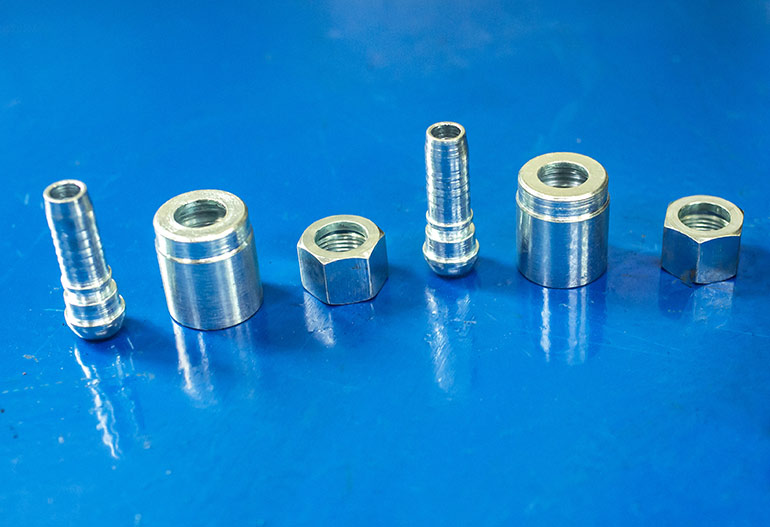
We can agree that leaks are not the desired outcome when considering the plumbing of your hydraulic system, so any choice that prevents such leaks is an easy one. The crimp-on hose fitting has an annular clearance in which the hose inserts before the crimping procedure. The stem of the fitting resides within the hose ID while the ferrule surrounds the hose OD, and its size depends upon the hose construction itself (such as the requirement for 1-wire or 2-wire reinforcement).
Permanent hose fittings come available in either single or two-piece designs, but what matters is that when this hose end is crimped onto the hose, the deformation of the ferrule clamps permanently onto the hose. If you wish to remove the hose end, it must be cut off (using the appropriate blade to prevent fraying, of course). The teeth inside the ferrule shear through the rubber outer cover and into the reinforcement layer, thereby preventing the separation of the hose and fitting even under pressure.
You should use permanent hose fittings for any machine with infinitely fixed fluid connections, especially those with expected long service life. Unless your hose requires occasional but regular replacement of hose ends, such as those applications which cannot avoid excessive movement at the joint, there is no reason to change or replace the hose end. The exceptions are rare, such as high-pressure tooling (think jaws of life), where actuators might cause the hose to bend at the point of fitting connection or where physical force occasionally tears the hose out from inside the fitting.
When you expect your hose to last indefinitely, crimped fittings will provide the most reliable solution this side of tubes. Tubes are more resistant to many external nefarious influences but obviously do not offer the literal flexibility of a hose, and neither can they dampen sound or vibrations when applied strategically.
Hydraulic hoses and fittings offer a 4:1 safety ratio, meaning their burst pressure rating is at least four times their rated working pressure. The completed hose assembly must achieve the same safety ratio, and a precisely crimped hose fitting is hugely advantaged over a field-serviceable one. Permanent fittings achieve a precise clamp, and the result must fall within thousandths of an inch or the assembly should be remade correctly. Each hose construction type —ranging from spiral-wound reinforcement to six-wire spiral hose — requires a specific crimp dimension (and often specific hose end fitting).
Reusable fittings cannot clamp directly to the hose’s reinforcement and instead screw onto the hose and reinforcement. If the teeth of the screw are not ideally matched, the hose end may come off when pressurized. Conversely, a tight fit may cut into the reinforcement, reducing the joint’s integrity and resulting in failure under pressure. A permanently crimped hose fitting provides the most reliable hose assembly for most hose applications.

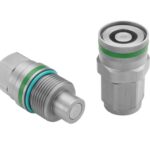
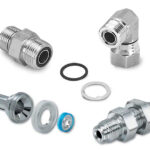
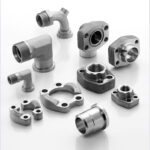
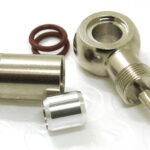
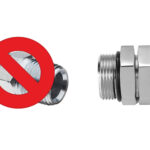
Leave a Reply